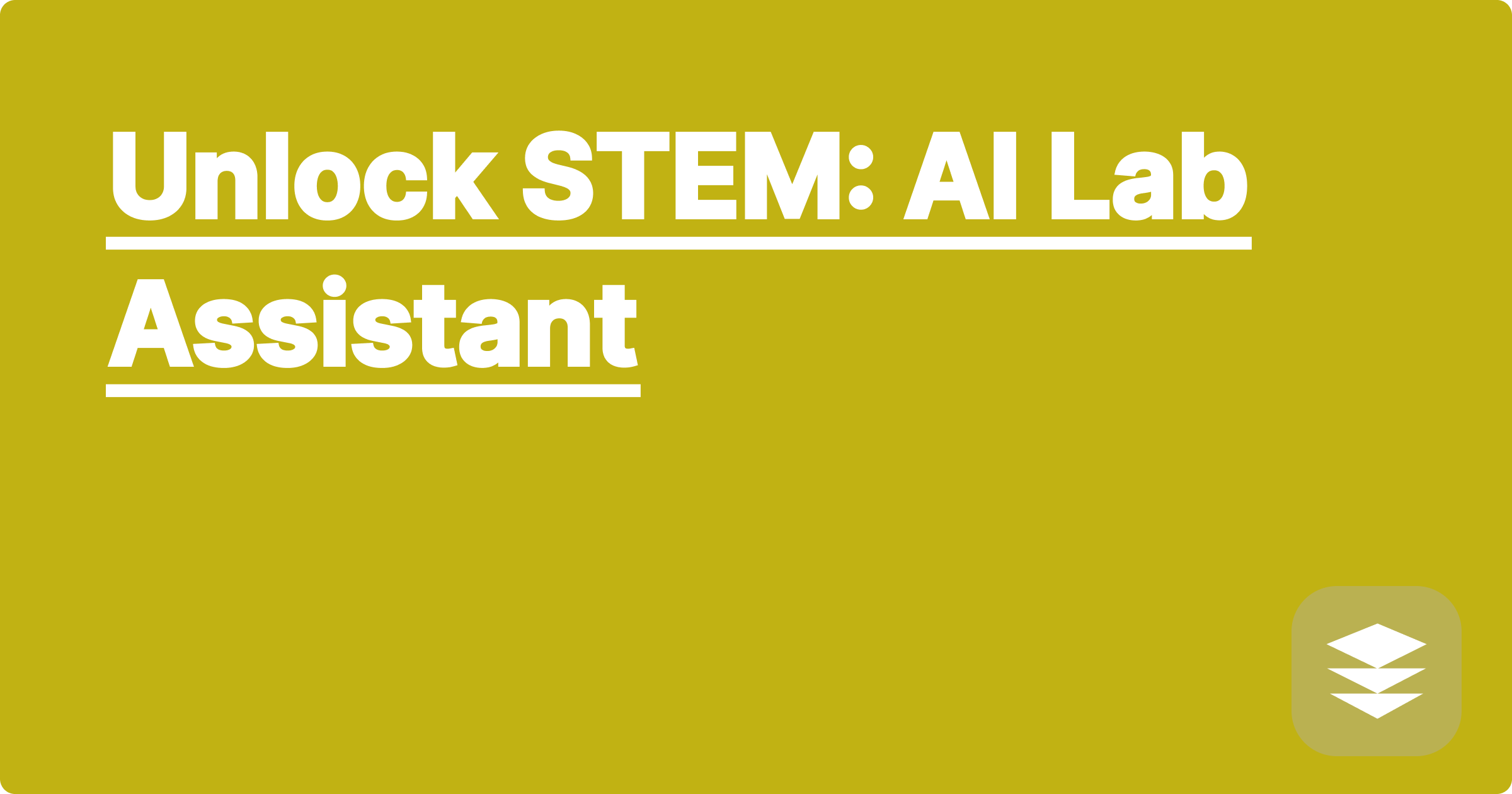
The world of STEM is built on rigorous experimentation, complex data analysis, and the relentless pursuit of knowledge. However, the traditional research process can be time-consuming, resource-intensive, and fraught with challenges, from designing experiments to interpreting results. Artificial intelligence is emerging as a powerful tool to address these hurdles, offering a new paradigm for accelerating scientific discovery and enhancing educational experiences. AI can automate tedious tasks, analyze massive datasets, and provide insightful predictions, freeing up researchers and students to focus on the creative and critical aspects of their work.
For STEM students and researchers, navigating complex lab procedures, analyzing data, and keeping up with the latest literature can be overwhelming. The advent of AI-powered lab assistants offers a transformative solution, providing personalized guidance and support throughout the research process. These intelligent tools can streamline workflows, enhance data analysis capabilities, and facilitate knowledge discovery, empowering students and researchers to achieve greater efficiency and productivity in their scientific endeavors. Embracing these AI-driven solutions is no longer a luxury but a necessity for staying competitive in the rapidly evolving landscape of STEM.
STEM fields often involve intricate experimental designs, demanding precise control over variables and meticulous data collection. This can be particularly challenging for students who are new to lab environments or researchers working with complex systems. Analyzing the resulting data can be equally daunting, requiring specialized software and statistical expertise. Furthermore, staying updated with the latest research publications and identifying relevant information within the vast scientific literature is a continuous struggle. Traditional methods of literature review can be inefficient and may lead to overlooking crucial insights. These challenges can significantly hinder the progress of research and limit the learning opportunities for students.
AI-powered tools like ChatGPT, Claude, and Wolfram Alpha offer a powerful suite of capabilities to address these challenges. ChatGPT and Claude can be used for natural language processing tasks, such as summarizing research papers, generating hypotheses, and even designing experimental protocols. They can also assist in troubleshooting experimental issues by providing relevant information and suggesting solutions based on existing knowledge. Wolfram Alpha excels in computational tasks, enabling researchers to perform complex calculations, analyze data, and visualize results. By integrating these tools into the research workflow, STEM students and researchers can significantly enhance their efficiency and productivity.
Begin by clearly defining the research question or problem you want to address. This will guide the subsequent steps and ensure that the AI tools are used effectively. Next, gather relevant background information and data related to the problem. This might involve literature searches, experimental data, or existing datasets. Then, choose the appropriate AI tool based on the specific task at hand. For example, if you need to summarize a large number of research papers, ChatGPT or Claude would be suitable choices. If you need to perform complex calculations or data analysis, Wolfram Alpha would be a better option. Input the necessary data or information into the chosen AI tool, ensuring that it is formatted correctly. Carefully review the output generated by the AI tool, validating its accuracy and relevance to the research question. Iterate this process as needed, refining the input and parameters to optimize the results.
Consider a researcher studying the effects of different fertilizers on plant growth. They could use Wolfram Alpha to analyze the growth data, calculate statistical significance, and generate visualizations of the results. For instance, they could input data on plant height and fertilizer type into Wolfram Alpha and ask it to perform an ANOVA test. The output would include the F-statistic, p-value, and other relevant statistical measures. Another example involves a student struggling to understand a complex concept in physics. They could use ChatGPT to explain the concept in simpler terms, providing analogies and real-world examples. They could ask ChatGPT something like, "Explain the concept of quantum entanglement in simple terms." ChatGPT would then generate a clear and concise explanation, potentially even drawing parallels to everyday phenomena. In chemistry, a researcher could use Claude to generate a balanced chemical equation for a complex reaction or predict the products of a reaction based on the reactants.
To effectively utilize AI in STEM education and research, it's crucial to develop a strong understanding of the underlying principles and limitations of these tools. Don't treat AI as a black box; instead, critically evaluate the outputs and validate them against existing knowledge. Combine the power of AI with human intuition and critical thinking to achieve the best results. Explore the different features and functionalities of various AI tools to identify the ones that best suit your specific needs. Stay updated with the latest advancements in AI and their applications in STEM fields to remain at the forefront of innovation. Engage in online communities and forums to share best practices and learn from other researchers using AI tools.
In conclusion, AI-powered lab assistants are transforming the landscape of STEM education and research. By automating tedious tasks, enhancing data analysis capabilities, and facilitating knowledge discovery, these tools are empowering students and researchers to achieve greater efficiency and productivity. Embracing these technologies is essential for staying competitive in the rapidly evolving world of STEM. Start exploring these tools today, experiment with different applications, and discover how AI can unlock your full potential in STEM.
STEM Research: AI Acceleration